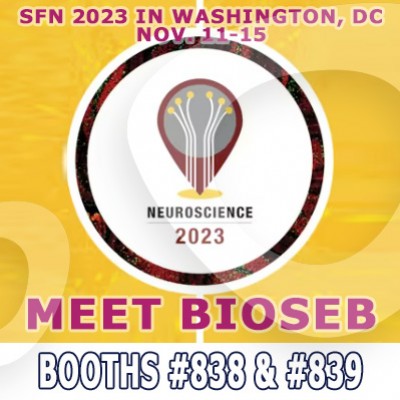Authors
Y. Wu
Lab
Faculty of the Master of Science in Biotechnology and Bioinformatics
Journal
Internship Report
Abstract
Objectives. 1. To determine the presence of mesenchymal stem cells (MSC) in rat embryo limb buds and adult rat knee joints. 2. To determine the pharmacological effects of recombinant human GDF-5 (rhGDF-5) on rat MSCs. 3. To determine the effect of rhGDF-5 on load bearing in a rodent model of osteoarthritis. Methods. Fluorescent-Activated Cell Sorting (FACS) was used to identify and purify MSCs from E18 rat embryo and adult rat knee cartilage. Quantitative Real-Time Polymerase Chain Reaction (qRT-PCR) was performed to assess the RNA profile of MSCs. qRT-PCR was specifically used to quantify the expression of chondrogenesis markers including Aggrecan (Agc), Type II collagen (Col2), and Sox9 and osteogenesis markers including Runx2 and Type I collagen. An Alamar Blue (AB) assay was utilized to assess effects of rhGDF-5 on MSC proliferation. An Alkaline Phosphatase (ALP) assay was used to study the effects of rhGDF-5 on MSC differentiation. Neuroprobe migration chambers were used to assess rhGDF-5 effects on chondrocyte chemotaxis. In situ hybridization (ISH) was conducted to identify MSC (expression of chondrogenic RNA biomarkers) in rat embryos and in adult knee joints from normal and osteoarthritic rats. Differential weight bearing analysis was assessed using Bioseb's DWB system. Results. MSCs were obtained from E18 rat embryo limb buds and adult rat knee joint cartilage. qRT-PCR showed that MSC comprised pre-osteochondrocytes expressing Agc, Col2a1, Sox9, and GDF-5 RNAs. rhGDF-5 treated MSC showed a dose-dependent increase in AB intensity from Day 1 to Day 14, followed by an increase in rhGDF-5 mediated ALP activity on Day 14 and Day 21. The increased ALP activity coincided with increased Agc, Col2a1, Sox9, and GDF-5 RNA expression indicating that rhGDF-5 selectively promoted chondrogenesis. Greater chemotaxis effect of rhGDF-5 was observed with MSC that presumably were more differentiated after 23 days in culture with rhGDF-5. Following 23 days of treatment with rhGDF-5, MSC appeared as condensations and precartilaginous structures. ISH confirmed the presence of GDF-5, Sox9, and Runx2 in rat embryo hind limbs and in the experimentally-induced osteoarthritic joint of adult animals. DWB analysis revealed significant differential joint loading in the Medial Meniscus Tear (MMT) injured knee, but no reverse differential weight bearing was detected in rhGDF-5 treated rats after a 9-week treatment period. Conclusion. Mesenchymal stem cells are present in rat embryonic limb buds and adult rat knee joint. Our studies show that rhGDF-5 may promote an increase in metabolic activity of MSCs prior to commitment to the chondrocyte lineage. The positive chemotaxic effect of GDF-5 suggests a role in MSC cell homing, cell condensation, and formation of pre-cartilaginous structures. Taken together, GDF-5 is a selective chondrocyte differentiation factor. The presence of MSC in the damaged joint suggests that rhGDF-5 may act to differentiate endogenous MSC to chondrocytes.
BIOSEB Instruments Used:
Dynamic Weight Bearing 2.0 (BIO-DWB-DUAL)

 Pain - Thermal Allodynia / Hyperalgesia
Pain - Thermal Allodynia / Hyperalgesia Pain - Spontaneous Pain - Postural Deficit
Pain - Spontaneous Pain - Postural Deficit Pain - Mechanical Allodynia / Hyperalgesia
Pain - Mechanical Allodynia / Hyperalgesia Learning/Memory - Attention - Addiction
Learning/Memory - Attention - Addiction Physiology & Respiratory Research
Physiology & Respiratory Research
 Pain
Pain Metabolism
Metabolism Motor control
Motor control Neurodegeneration
Neurodegeneration Cross-disciplinary subjects
Cross-disciplinary subjects Muscular system
Muscular system General activity
General activity Mood Disorders
Mood Disorders Other disorders
Other disorders Joints
Joints Central Nervous System (CNS)
Central Nervous System (CNS) Sensory system
Sensory system
